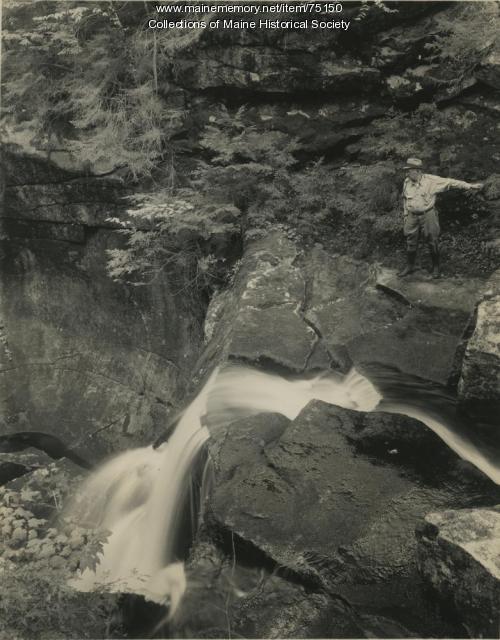Keywords: Glaciers
Item 100645
Desert of Maine, Freeport, ca. 1936
Contributed by: Maine Historical Society Date: circa 1936 Location: Freeport Media: Photographic print
Item 75150
Albany Basin waterfall, ca. 1935
Contributed by: Maine Historical Society Date: circa 1935 Location: Albany Twp Media: Photographic print
Exhibit
Student Exhibit: A Friend in Need!
Sometime in the 1920s a 700 hundred pound moose fell through the ice, likely between Norridgewock and Skowhegan. She was rescued by a game warden and another man. Here is the story.
Exhibit
The Schooner Bowdoin: Ninety Years of Seagoing History
After traveling to the Arctic with Robert E. Peary, Donald B. MacMillan (1874-1970), an explorer, researcher, and lecturer, helped design his own vessel for Arctic exploration, the schooner <em>Bowdoin,</em> which he named after his alma mater. The schooner remains on the seas.
Site Page
Scarborough: They Called It Owascoag - Scarborough Marsh: "Land of Much Grass" - Page 1 of 4
"… began to form many thousands of years ago when glaciers from the last ice age receded as the climate warmed."
Site Page
Rumford Area Historical Society
View collections, facts, and contact information for this Contributing Partner.









